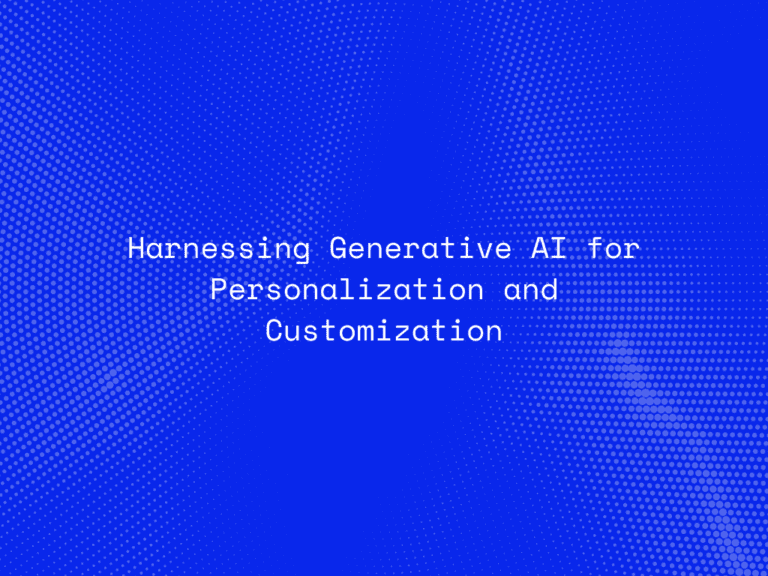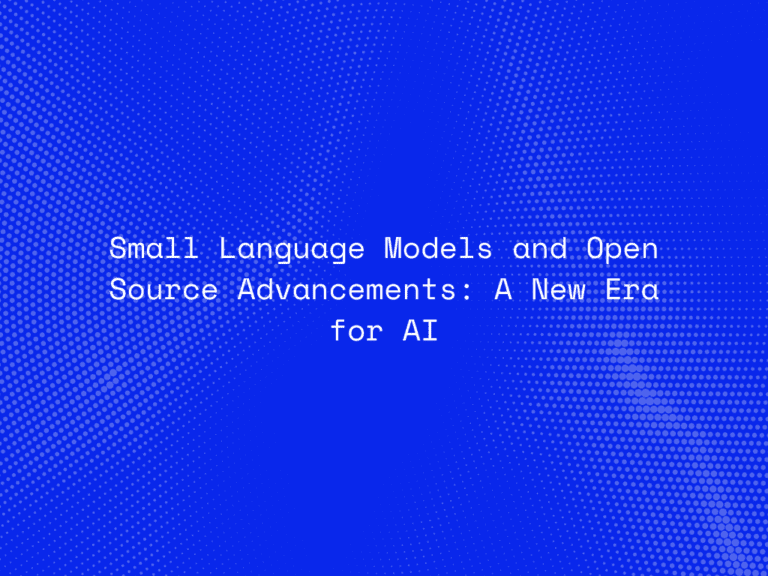Generative AI has come a long way in just a few years, transforming how we interact with machines, create content, and automate complex tasks. From ChatGPT, which revolutionized text-based AI interactions, to Sora, OpenAI’s latest innovation in AI-generated video, the field of Generative AI (Gen AI) is evolving at an unprecedented pace.
This blog explores the journey of Gen AI tools—from their early text-based models to multimodal systems capable of generating images, videos, and beyond. We’ll examine how these advancements are shaping industries, the challenges they pose, and what the future holds for AI-driven creativity and automation.
1. The Early Days: ChatGPT and the Rise of Conversational AI
When OpenAI introduced ChatGPT, it marked a significant leap in natural language processing (NLP). Built on top of Large Language Models (LLMs) like GPT-3 and GPT-4, ChatGPT could understand and generate human-like text, making AI-powered chatbots and virtual assistants more accessible than ever.
Key Innovations in ChatGPT:
- Conversational AI: ChatGPT made AI-driven conversations more natural and context-aware.
- Content Generation: Businesses used ChatGPT for blogging, ad copy, and automated customer support.
- Code Assistance: AI-assisted coding tools like GitHub Copilot were enhanced with ChatGPT-like capabilities.
While text-based AI was groundbreaking, the demand for multimodal AI—models that could generate more than just text—was growing.
2. Beyond Text: The Rise of Multimodal AI
With advancements in deep learning and transformer models, AI systems began incorporating images, audio, and video generation alongside text processing. OpenAI’s DALL·E took a major step forward by generating realistic and artistic images from text prompts.
Key Developments in Multimodal AI:
- DALL·E & MidJourney: AI-driven image generation became mainstream.
- Whisper: AI-powered speech recognition improved voice-based applications.
- Stable Diffusion: Open-source models democratized AI-generated art.
These innovations paved the way for Sora, OpenAI’s next big leap into AI-generated video.
3. Sora: The Next Evolution in Generative AI
What is Sora?
Sora is OpenAI’s newest generative model designed for AI-powered video creation. Just as ChatGPT can generate human-like text and DALL·E can create detailed images, Sora takes it a step further by generating realistic and high-quality videos from text prompts.
How Sora is Changing the AI Landscape
- AI-Generated Videos: Users can create entire video sequences using simple text descriptions.
- Enhanced Storytelling: Sora enables businesses, filmmakers, and content creators to bring ideas to life with AI-generated video clips.
- Automation in Media Production: Video editing, animation, and CGI processes are being redefined by AI.
Sora represents the convergence of text, image, and video generation, marking a new era where AI can assist in virtually any creative process.
4. Challenges and Ethical Considerations in Gen AI
While Gen AI tools are powerful, they also introduce ethical and technical challenges that must be addressed.
Key Challenges:
- Misinformation & Deepfakes: AI-generated videos and images can be misused to spread false information.
- Bias in AI Models: AI-generated content reflects biases in training data, raising concerns about fairness and representation.
- Copyright & Ownership: The legal implications of AI-generated media remain unclear, leading to debates over intellectual property rights.
To ensure responsible AI development, companies must implement bias mitigation techniques, transparency policies, and content authenticity verification.
5. The Future of Generative AI: What’s Next?
With the rapid advancements in LLMs, multimodal AI, and AI-generated media, the next phase of Gen AI will likely focus on:
- More Human-Like AI Agents: AI will not just generate content but also interact with users in more natural and emotionally intelligent ways.
- AI-Powered Creativity & Collaboration: Tools like Sora will integrate with creative workflows to assist professionals in fields like marketing, filmmaking, and game design.
- Regulatory Frameworks: Governments and organizations will establish guidelines to ensure AI-generated content is used ethically and responsibly.
As we move forward, the synergy between AI and human creativity will continue to evolve, unlocking new possibilities in content creation, automation, and personalized user experiences.
Conclusion
From ChatGPT’s conversational AI to Sora’s video generation capabilities, Gen AI has evolved from simple text-based models to powerful multimodal systems. These innovations are transforming industries and redefining how humans and AI collaborate in the digital age.
However, with great power comes great responsibility. As AI-generated content becomes more sophisticated, ethical considerations surrounding bias, misinformation, and content ownership must be addressed.
The future of Gen AI is not just about making AI more powerful—it’s about ensuring that these tools are transparent, ethical, and beneficial for society.




